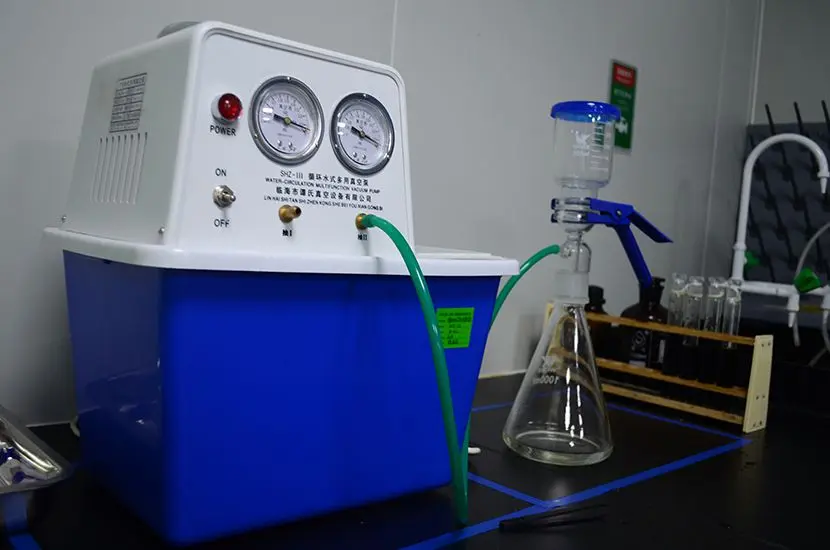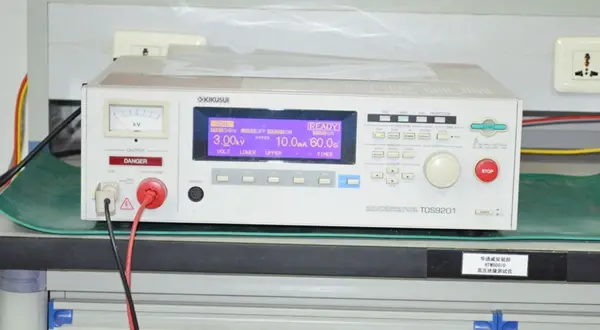
CE Toy Compliance for Children's Toys in the EU
Directive 2009/48/EC, also known as the Toy Safety Directive, sets out the requirements that must be met when selling toys within the European Union. This directive covers various safety aspects, including physical and mechanical properties, flammability, cheMICal composition, electrical safety, hygiene, and labeling. Manufacturers, importers, and distributorsmust ensure that the toys they sell comply with the Toy Safety Directive and any other applicable regULations.
RequiRED Compliance Documentation
Sellers are required to submit valid certificates and test reportsthat demonstrate product compliance.
1. Certificate Requirements
The certificate must confirm the complianceof the actual product being sold, indicating that it meets the requirements of Toy Safety Directive 2009/48/EC.
Important Notes:
The test report numbershown on the certificate must match the number stated in the test report.
All information included in the certificate and the test report must be consistent.
2. Test Report Requirements
The test report must be a complete Test Reportthat demonstrates the product has passed relevant harmonized standards and meets regulatory requirements.
It should include (but is not limited to) the following:
1. Basic product information
2. Applicable test standards
3. Test results
4. Images of test samples
5. Authorized signature/stampof the testing laboratory
Important Notes:
The applicable age rangestated in the test report must match the age range labeled on the physical product.
CE Toy Standards for Children's Toys
EN 71 Series
EN 71-1: Mechanical and Physical Properties
Covers mechanical and physical safety aspects, such as small parts, sharp edges, protrusions, cords, and elastic bands, to prevent injuries during play.
EN 71-2: Flammability
Evaluates the flammability of toy materials to ensure they do not ignite easily, reducing fire hazards.
en 71-3: Migration of Certain Elements (Heavy Metals Testing)
Limits the content of heavy metals (e.g., lead, mercury, cadmium) in toy materials to prevent health risks from ingestion or skin contact.
EN 71-4: Experimental Sets for Chemistry and Related Activities
Specifies safety requirements and test methods for chemistry sets and similar toys to ensure safe use by children.
EN 71-5: Chemical Toys (Other Than Sets)
Sets safety requirements for chemical toys other than experimental sets to prevent harm from chemical exposure or misuse.
EN 71-6: Finger Paints
Defines safety standards for finger paints, ensuring they are non-toxic and safe for children to use.
EN 71-7: Activity Toys for Domestic Use
Covers safety requirements for domestic activity toys like swings and slides, focusing on structure, materials, and installation.
EN 71-8: Trampolines for Domestic Use
Specifies safety and testing requirements for trampolines, including structural integrity, materials, installation, and user guidance to reduce injury risks.
EN 71-15: Formamide in Foam Toy Materials
Imposes strict limits on formamide content in foam toy materials to protect children from chemical hazards.
EN 71-16: Certain Chlorinated Phosphate Flame Retardants in Toys
Restricts the use of specific flame retardants (TCEP, TCPP, TDCP) in toy materials, promoting safer and more eco-friendly alternatives.
EN 71-17: Isothiazolinone Content in Water-Based Toy Materials
Regulates the isothiazolinone levels in water-based toy materials to ensure skin safety and health for children.
Additional Requirements for Electric Toys
Electric toys must also comply with EN 62115, which covers electrical safety aspects such as protection against electric shock, proper insulation, and secure battery compartments.
If the toy includes wireless data transmission, it must additionally comply with the CE - RED (Radio Equipment Directive).
CE toy testing services
JJR Laboratory in Chinaprovides comprehensive CE Toy compliance testing servicesfor children’s toys. Feel free to contact us for pricing and consultation.
Email:hello@jjrlab.com
Write your message here and send it to us
 What Are the Battery Compliance Test Reports?
What Are the Battery Compliance Test Reports?
 Christmas Children’s Products EU & US Complian
Christmas Children’s Products EU & US Complian
 Food Packaging Material Testing
Food Packaging Material Testing
 Cosmetic Product Safety Report
Cosmetic Product Safety Report
 What is Prop 65 Warning?
What is Prop 65 Warning?
 Does RoHS Apply to Packaging?
Does RoHS Apply to Packaging?
 How to Get RoHS Compliance?
How to Get RoHS Compliance?
 How to get EN 62368-1 Test Report
How to get EN 62368-1 Test Report
Leave us a message
24-hour online customer service at any time to respond, so that you worry!




